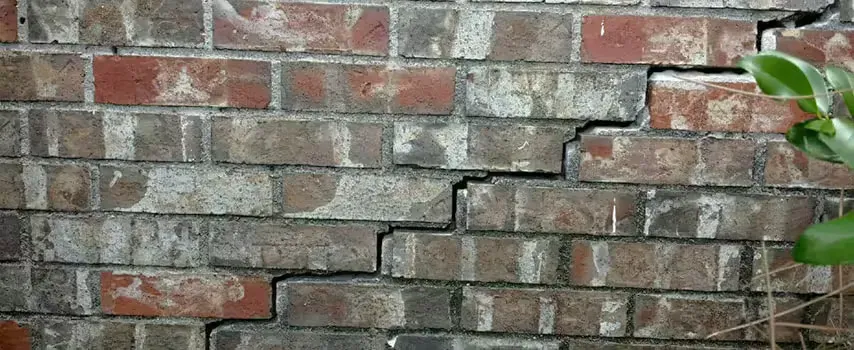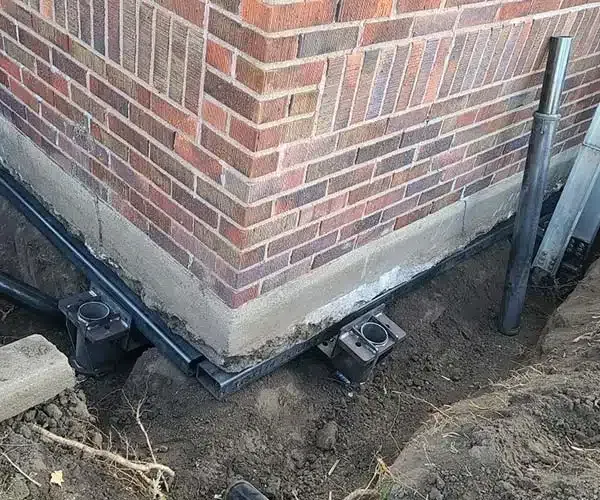How Seasonal Changes Impact Your Home’s Foundation and Structure
Understanding
how seasonal changes affect your home's foundation and structure is crucial in maintaining the long-term stability and integrity of your property. As the seasons change, so do the environmental conditions that can influence your home's foundation. Recognizing these changes can help you mitigate potential damage and ensure your home remains safe and sound.
Photo By: Leveled Concrete
The Impact of Seasonal Changes on Your Home's Foundation
Temperature Fluctuations and Their Effects
Temperature changes throughout the year can cause the soil around your home to expand and contract. This natural cycle can lead to foundation movement or settlement, which may result in cracks or other structural issues.
Winter
In the winter, the ground freezes, causing soil to contract. This contraction can leave gaps around your foundation, potentially leading to uneven settling. It's important to keep an eye on your foundation during the colder months to ensure that no significant gaps or cracks develop.
Spring and Summer
During the spring and summer, warmer temperatures cause the soil to expand. As the soil swells, it can put pressure on your home's foundation. This pressure can lead to cracks in the foundation or walls, particularly if the soil has a high clay content.
Moisture Levels and Their Consequences
Moisture levels in the soil also fluctuate with the seasons, affecting your home's foundation. Excessive moisture can cause soil to expand, while a lack of moisture can lead to soil contraction.
Rainy Seasons
During rainy seasons, the soil absorbs water, increasing its volume. This can cause the soil to push against your foundation, potentially leading to cracks or bowing walls. Ensuring proper drainage around your home can help manage excess moisture.
Dry Seasons
In contrast, dry seasons can cause the soil to shrink, leading to foundation settlement and possible cracks. To minimize these effects, consider implementing a watering schedule to maintain consistent soil moisture levels around your home.
Recognizing Normal House Settling Cracks
What Are Settling Cracks?
Settling cracks are a common occurrence in homes, especially in new constructions. These cracks result from the natural settling process as the house adjusts to its environment and load-bearing pressures.
Identifying Normal vs. Problematic Cracks
Not all cracks are a cause for concern. Normal settling cracks are typically small, less than a quarter of an inch wide, and often appear around window and door frames or in corners. However, larger cracks or those with horizontal patterns may indicate a more serious foundation issue that requires professional attention.
Photo By: Lamunyon
The Role of Home Inspections
Things to Ask During a Home Inspection
When buying a home, a thorough inspection is essential. Here are some key questions to ask your inspector regarding the foundation and structure:
- Are there any signs of foundation movement or settlement?
- What is the condition of the drainage systems around the home?
- Are there any visible cracks in the foundation or walls?
- How long do home inspections last, and what areas do they cover?
How Long Do Home Inspections Last?
A typical home inspection lasts between two to four hours, depending on the size and condition of the property. During this time, the inspector will examine the foundation, structure, roof, plumbing, electrical systems, and more. It's crucial to be present during the inspection to ask questions and gain a better understanding of any potential issues.
Mitigation Strategies for Seasonal Impacts
Maintaining Proper Drainage
Ensuring proper drainage around your home is one of the most effective ways to mitigate foundation damage from seasonal changes. Install gutters and downspouts to direct water away from the foundation, and consider grading the soil to slope away from your home.
Regular Foundation Inspections
Conducting regular foundation inspections can help identify issues early on, preventing more significant damage. Check for cracks, uneven floors, or doors and windows that stick, as these may indicate foundation movement.
Soil Moisture Management
Maintaining consistent soil moisture levels can prevent excessive expansion and contraction. Implementing a watering schedule during dry months and ensuring proper drainage during wet months can help protect your foundation.
Conclusion
At Wild Blue Home Inspections, we understand how vital it is to safeguard your home's foundation and structure against seasonal changes. By being aware of the impacts these changes can have, you can take proactive steps to prevent potential damage. Regular inspections and maintenance not only protect your investment but also ensure your home remains a safe haven for your family.
Don't wait for minor issues to become major problems. Schedule a thorough home inspection today with Wild Blue Home Inspections. Our certified inspectors will address important questions, such as "What should I ask during a home inspection?" and provide insights on "how long do home inspections last?" We're committed to helping you understand the nuances of home care, including recognizing normal house settling cracks and the significance of soil moisture management.
Take the first step toward ensuring your home's longevity.
Contact us today to book your inspection!
Share this blog!





